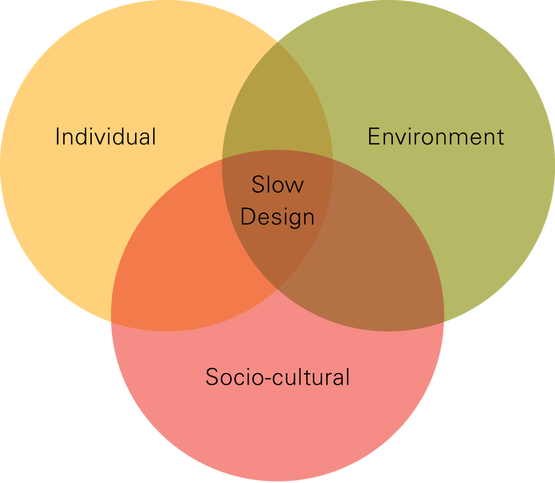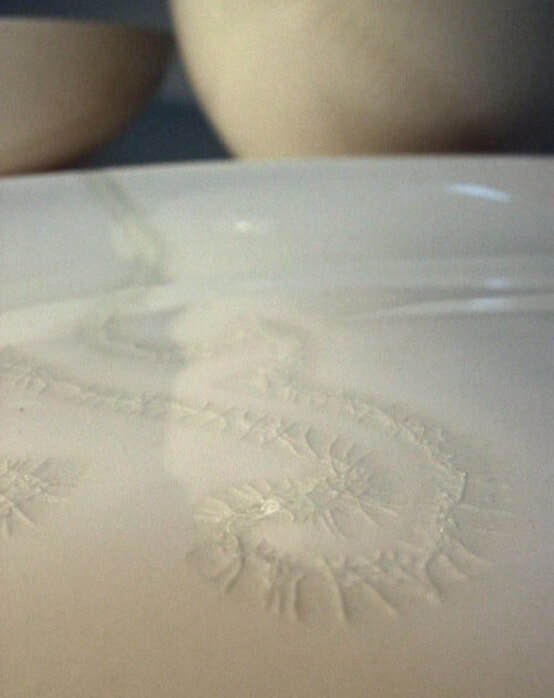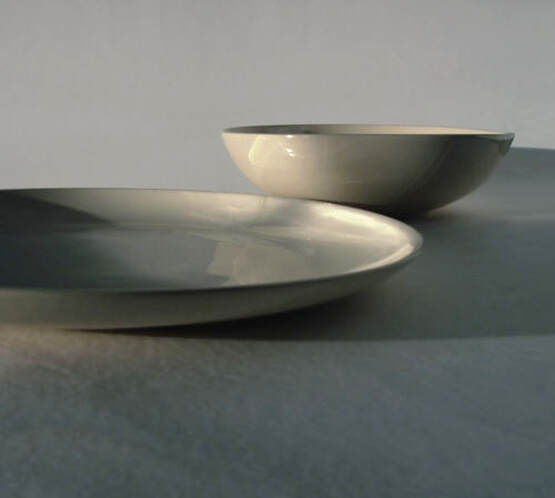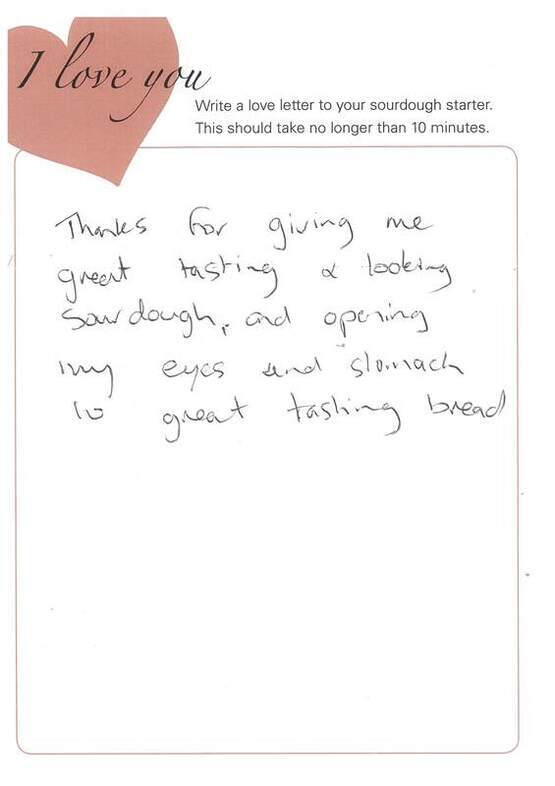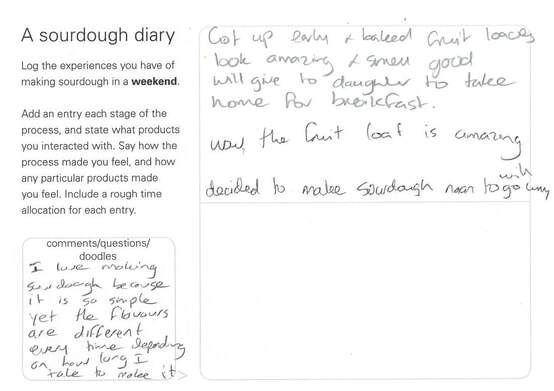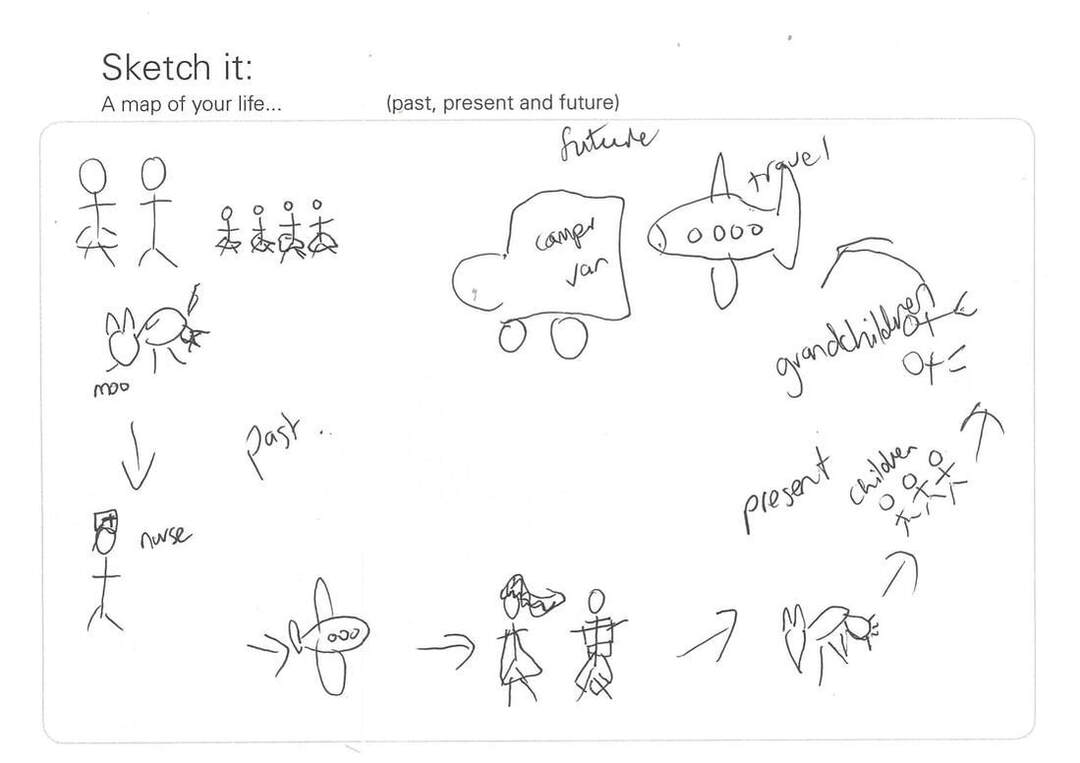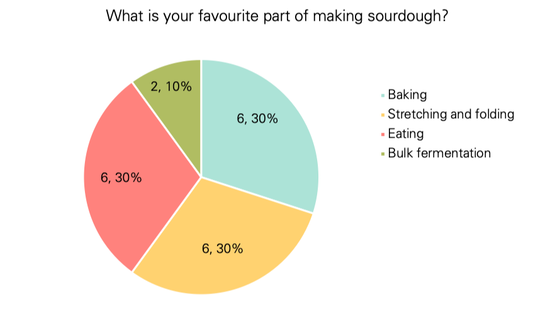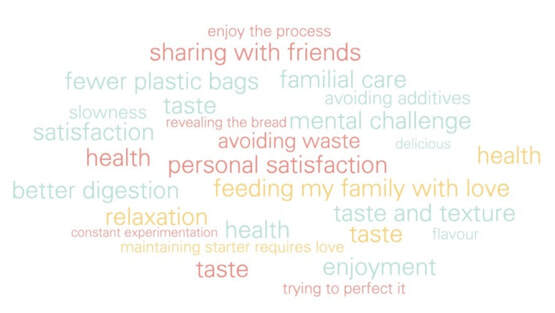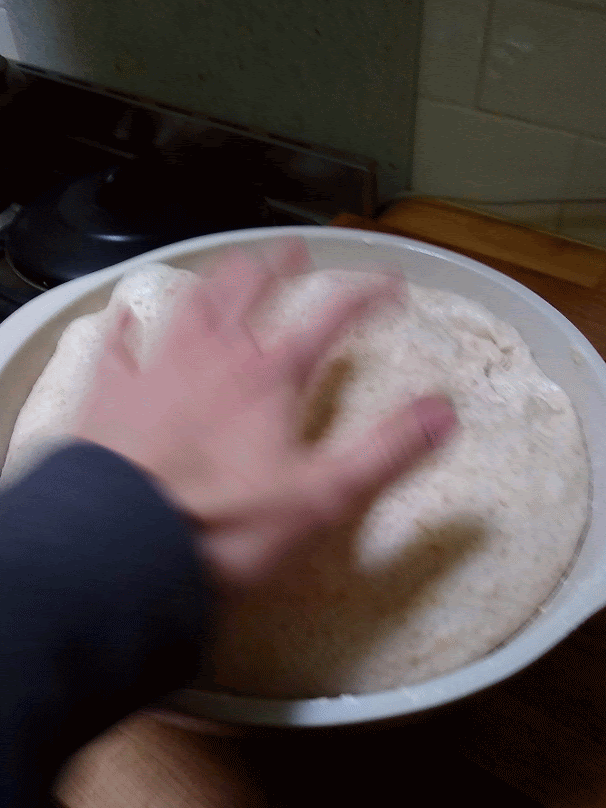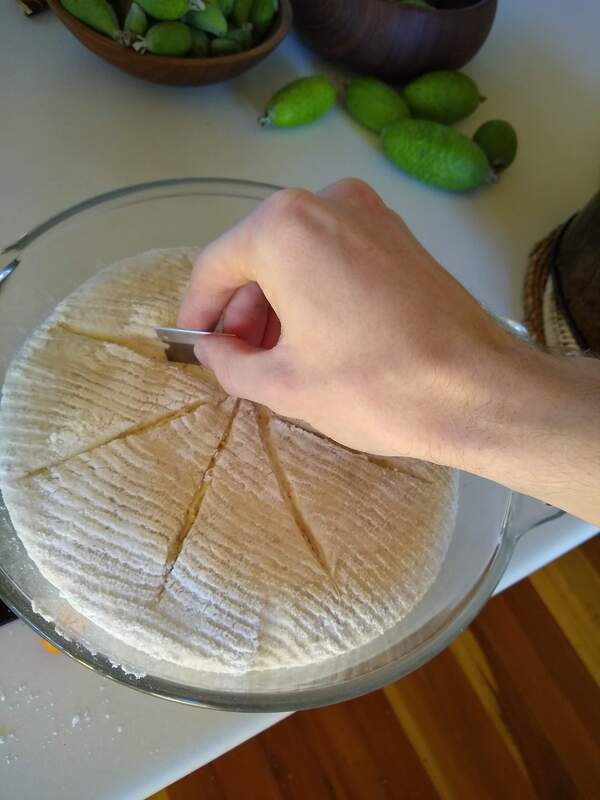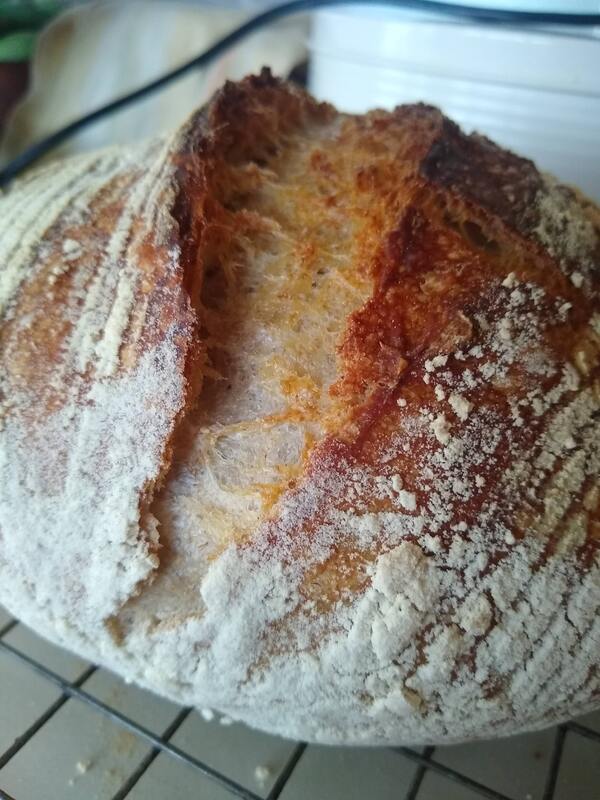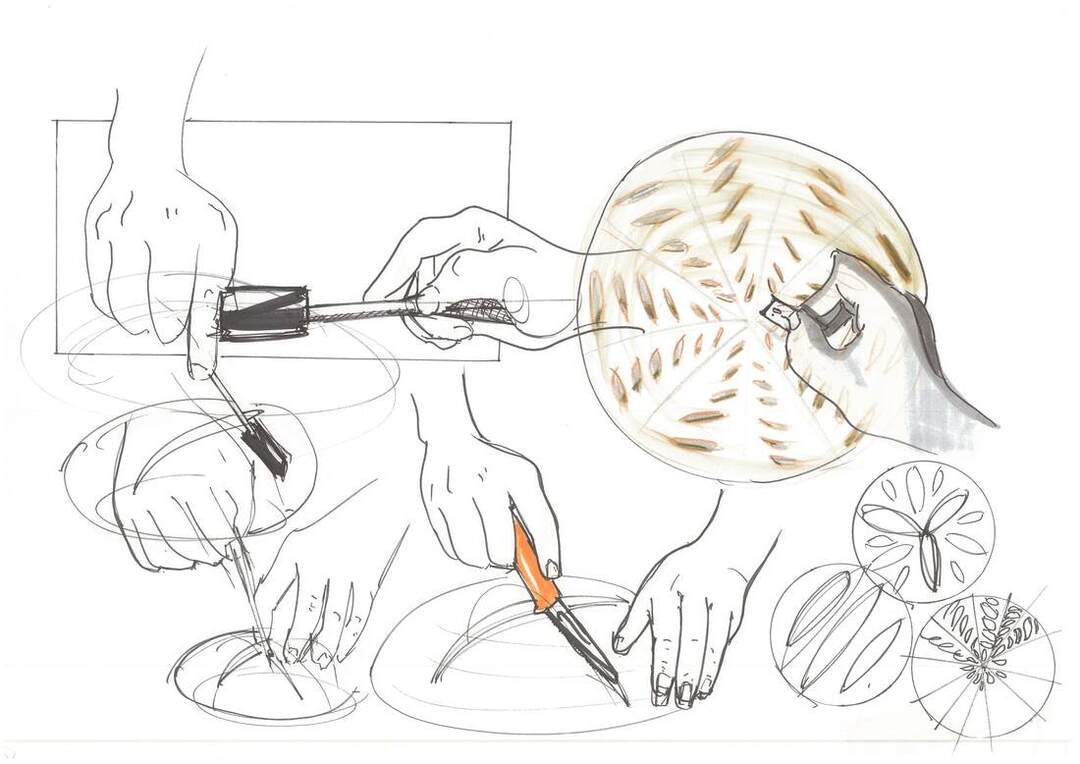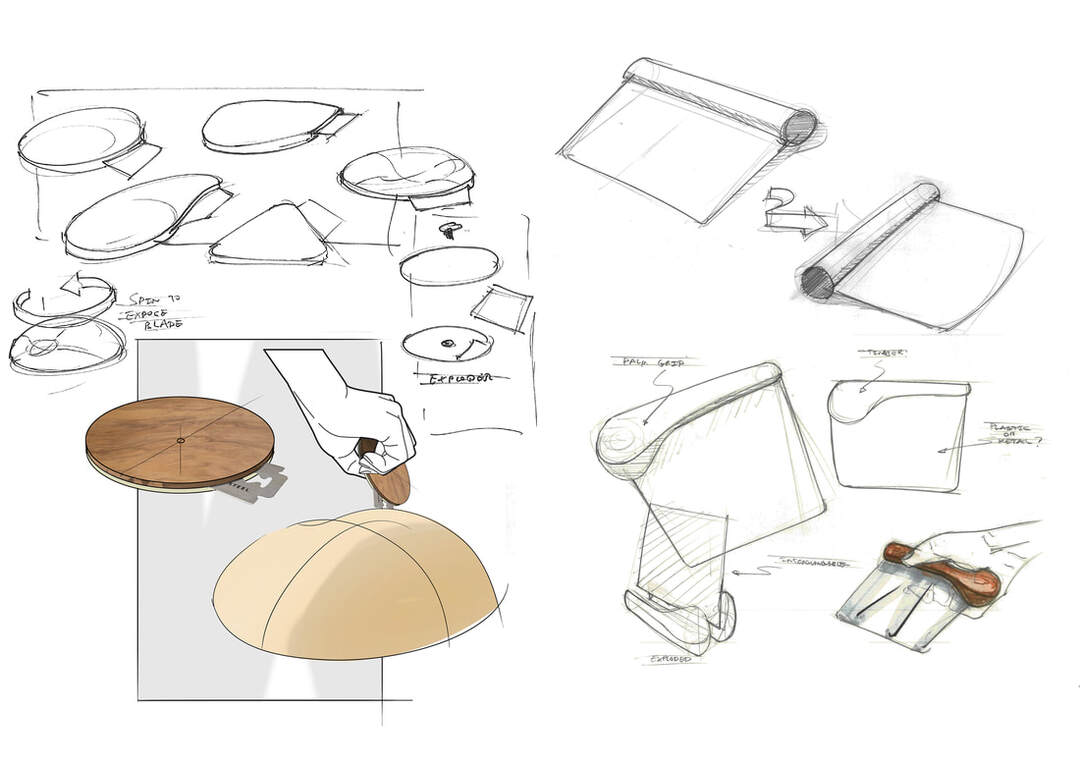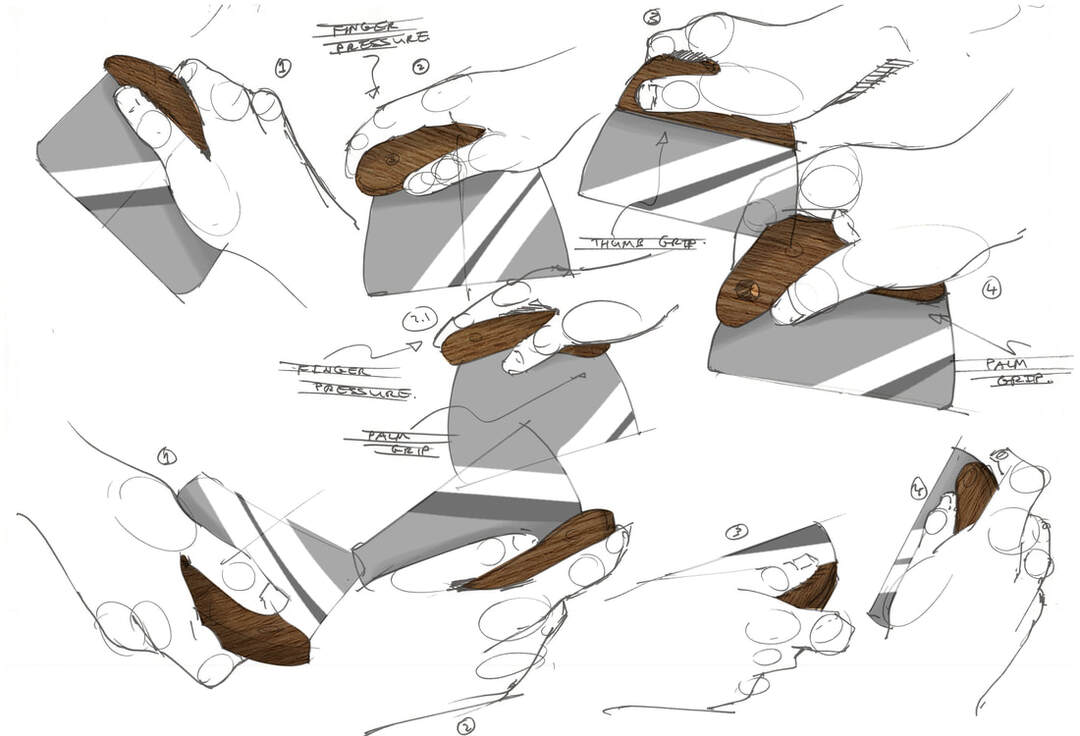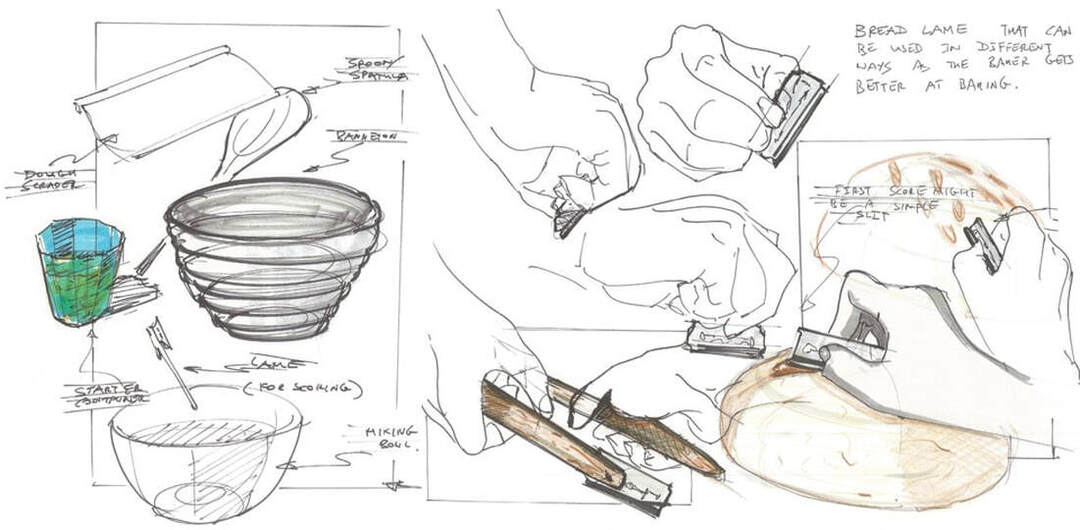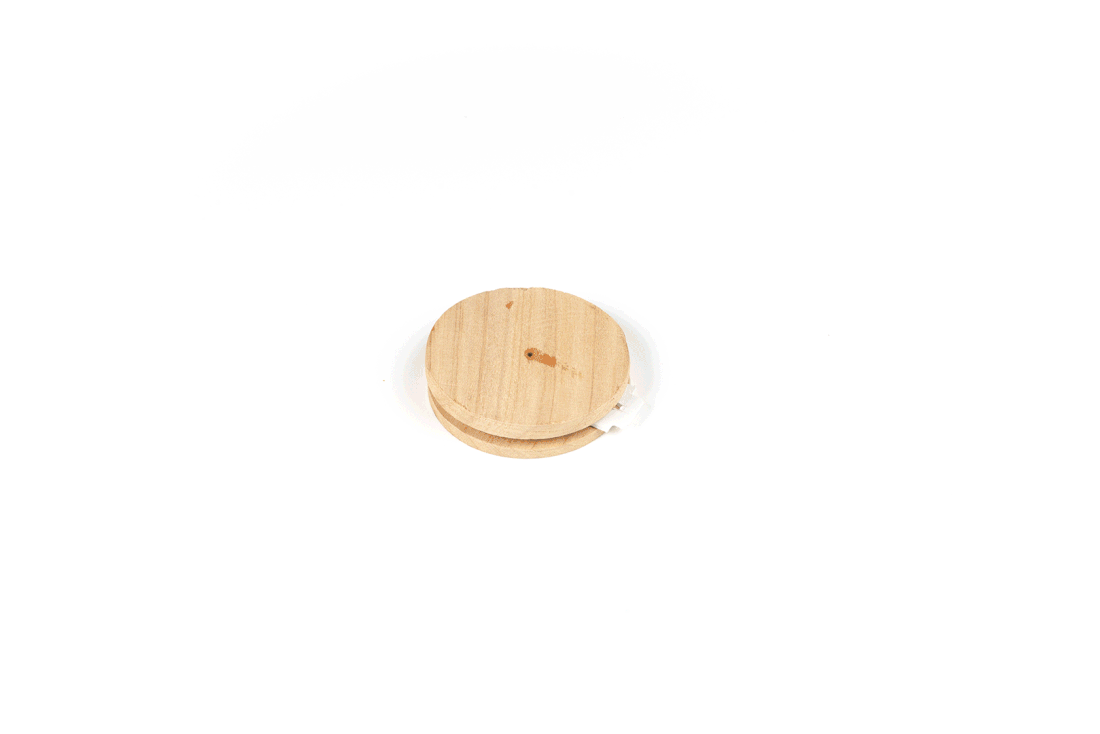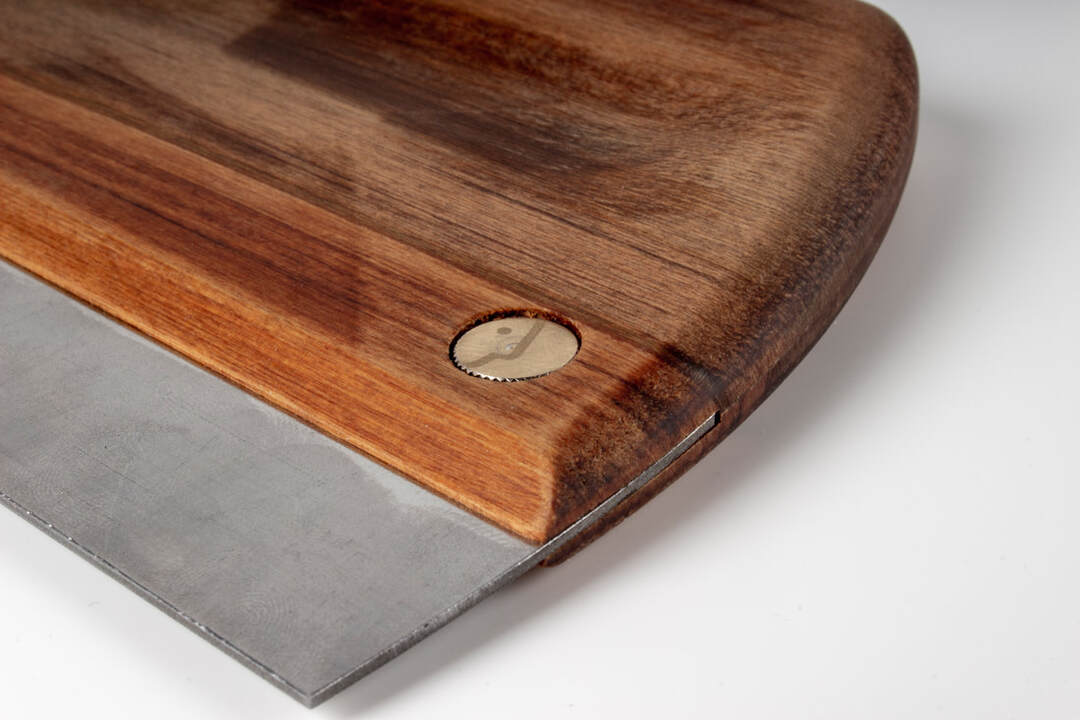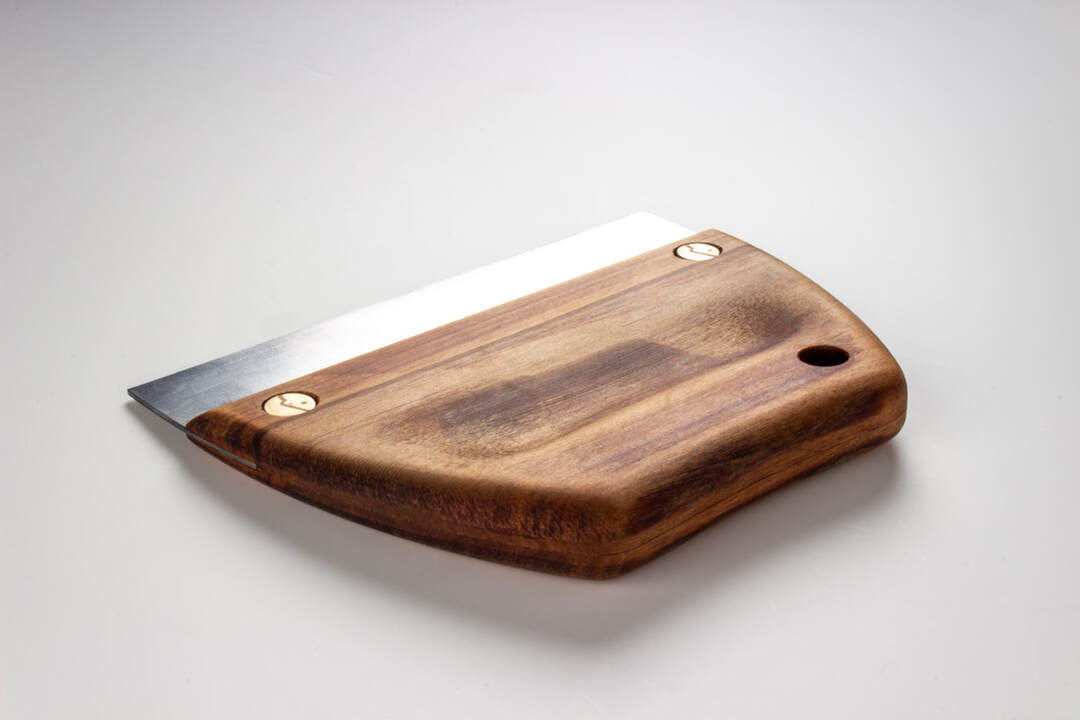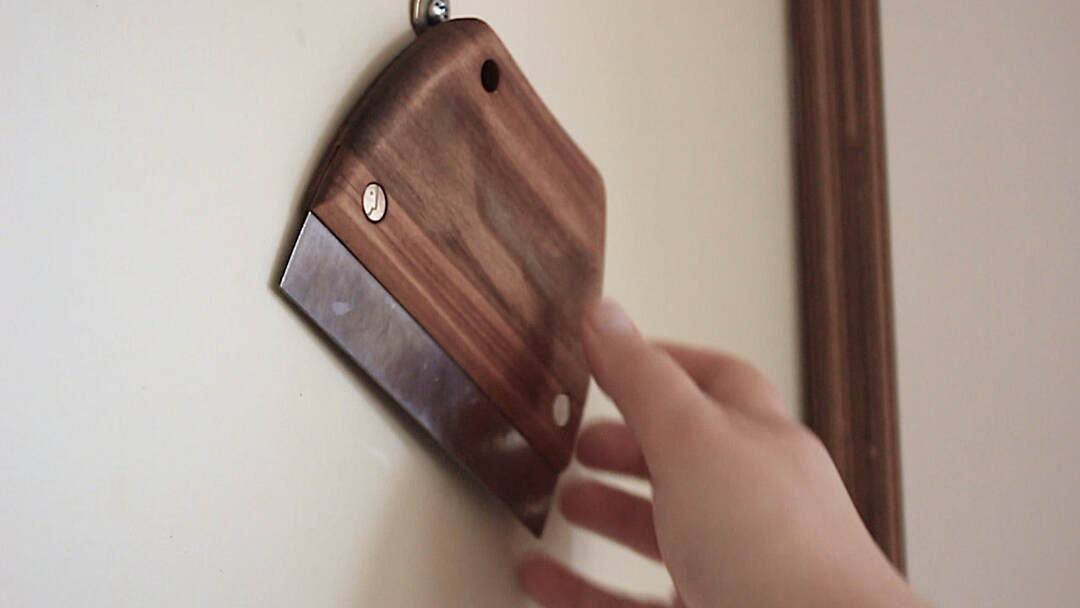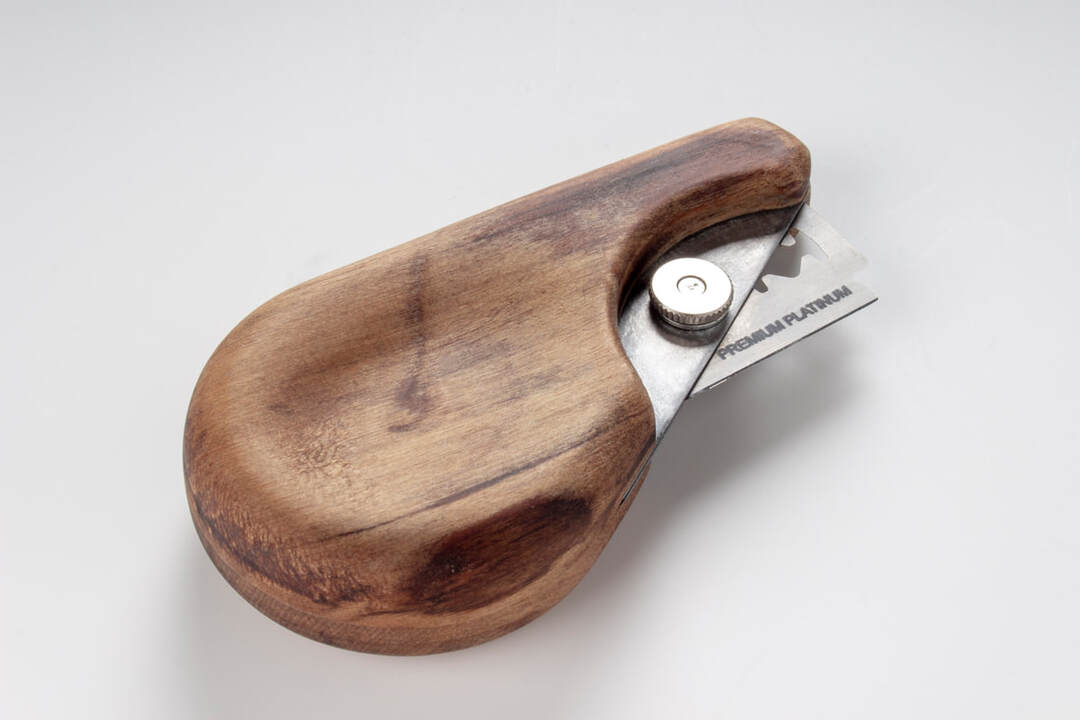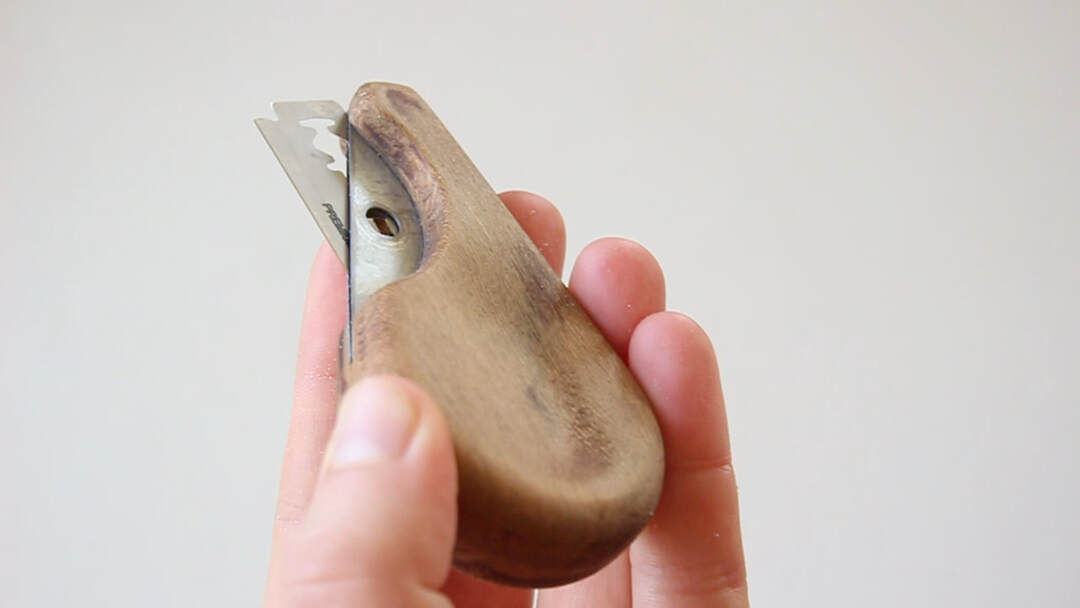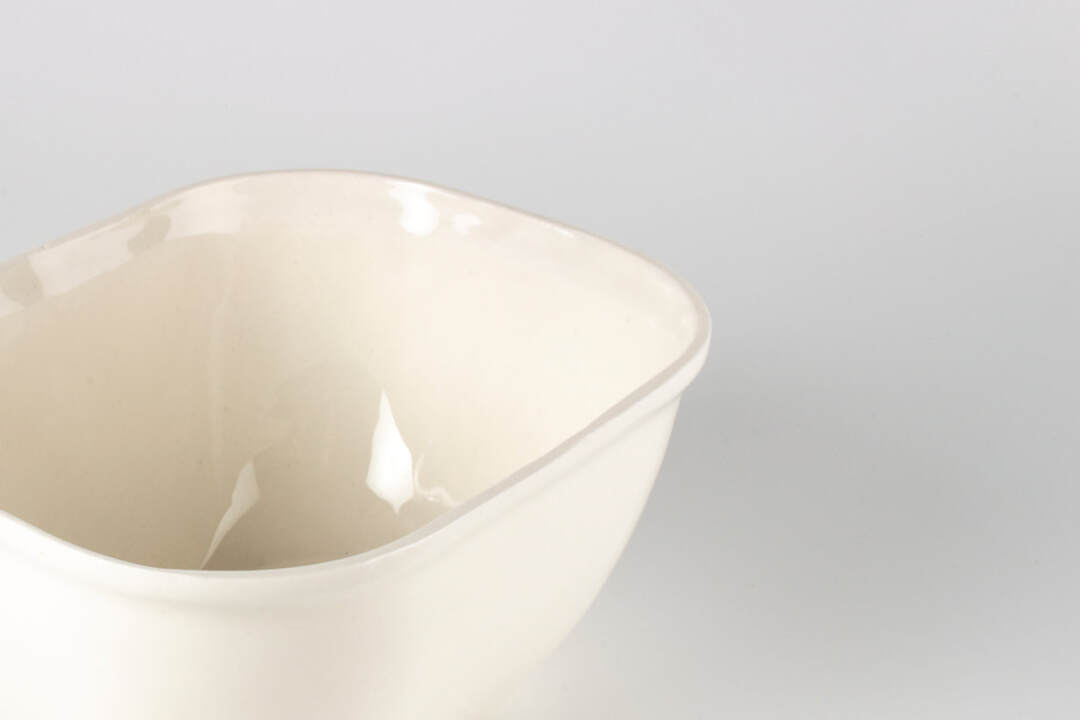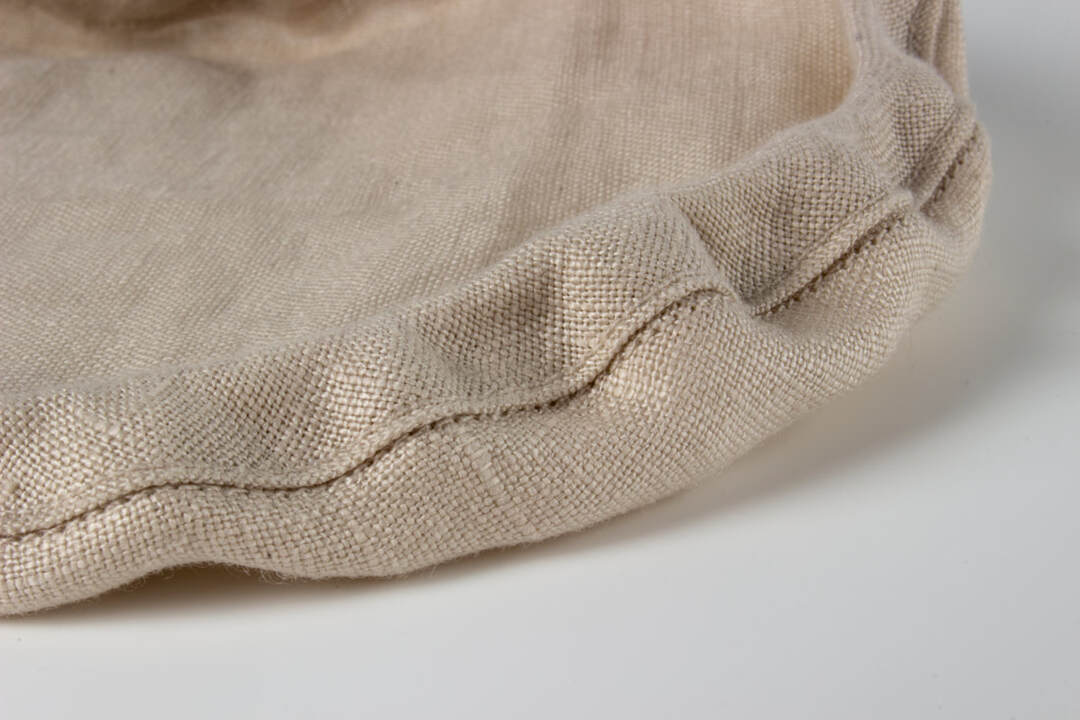My fourth year major project. Conscious Living explores how Slow Design theory can encourage meaningful interactions between people and products. I have designed three tools for making sourdough. The tools are made from ‘noble’ materials. The linen cover will get better with age, while the maker's mark on the head of the screws will slowly wear away. Conscious Living proposes if a product can transform with use, it can enhance product attachment and encourage people to place deeper value in their material possessions.
Slow Design is a design philosophy focused on promoting wellbeing for individuals, society and the environment. Slow design can be used to create meaningful interactions between a product and the user, which can result in a positive behavioural change (Grosse-Hering et al.). A positive behavioural change would see people taking more care of their possessions, and thinking more consciously about their consumption.
For meaningful interactions to occur, the user must be “motivated to invest time, money and energy into a product” (Grosse-Hering et al.). The level of motivation is dictated by the extent to which the user is attached to their product. Product attachment is influenced by function, symbolism, material qualities, memories, time, self-expression and involvement.
For meaningful interactions to occur, the user must be “motivated to invest time, money and energy into a product” (Grosse-Hering et al.). The level of motivation is dictated by the extent to which the user is attached to their product. Product attachment is influenced by function, symbolism, material qualities, memories, time, self-expression and involvement.
Simon Heijdens' series of ceramic dishes, Broken White. The surface of the ceramic evolves over use to reveal decorative cracks. The state of decoration on each dish reflects their individual relationship with their owner.
“If an object is able to grow… it could get a quality the opposite of disposable, and would tell and show an evolving story. Objects not static and silent, but alive and talking” (Heijdens).
“If an object is able to grow… it could get a quality the opposite of disposable, and would tell and show an evolving story. Objects not static and silent, but alive and talking” (Heijdens).
After undertaking secondary research (including a literature review) and primary research (including a cultural probe, semantic differential, survey and immersive research), these were my key findings:
- Slow Design can generate meaningful interactions between people and products
- meaningful interactions can cause people to become more attached to their possessions
- this results in a positive behavioural change, wherein users take more care of their possessions, and think more consciously about their consumption
- meaningful interactions can cause people to become more attached to their possessions
- processes that require time and work can be ultimately more satisfying for the user
- experimentation and challenges of the sourdough process are as important as the end product
Ideation
Using my primary and secondary research findings, I generated three initial concepts, and evaluated these against a design criteria that I had developed throughout the research phase. The most successful concept was a family of slow-designed sourdough tools. The tools encourage the user to take more time in certain aspects of the sourdough process, and they are made of ‘noble’ materials that get better with age.
